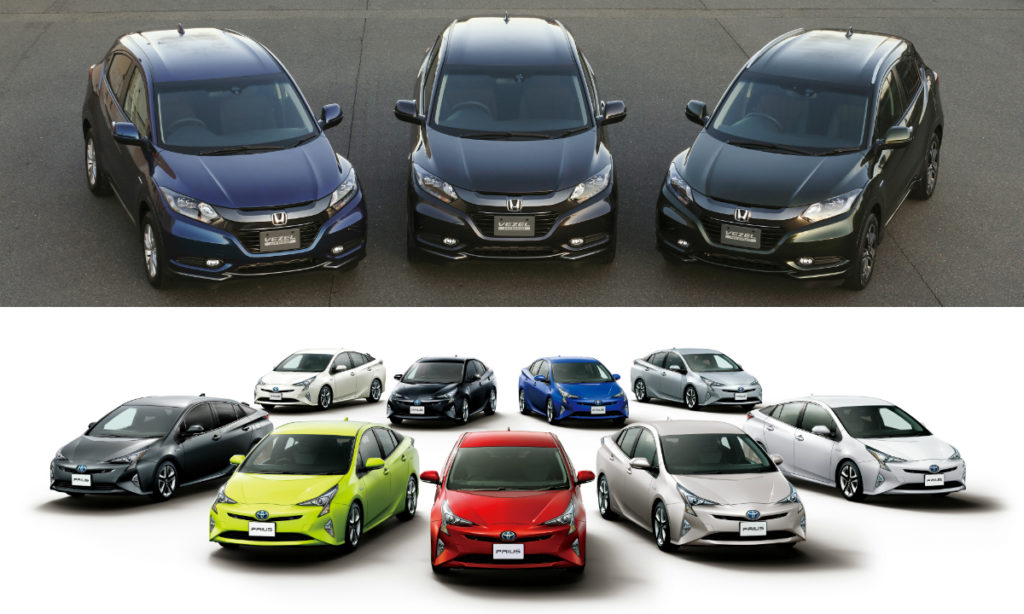 In February 2017, Singapore’s private car population shrank by 4.1% from a year ago to an eight-year low of 548,754. According to Land Transport Authority (LTA) figures, the last time the population was smaller than this was back in 2009.
In February 2017, Singapore’s private car population shrank by 4.1% from a year ago to an eight-year low of 548,754. According to Land Transport Authority (LTA) figures, the last time the population was smaller than this was back in 2009.
Policy-makers extolling the virtues of a “car-lite” Singapore must be cheering. Measures to wean Singaporeans off the car seems to be working. Chief among these is a systematic reduction of the annual allowable vehicle population growth rate.
This growth rate was halved to 1.5% in 2009, then to 1% in 2012, 0.5% in 2013 and 0.25% in 2015. The near-zero growth rate is unable to mask the perennial lag between the time a car is scrapped and a fresh COE (certifcate of entitlement) is recycled back into the system.
A clawback of COEs in the early 2010s to correct an earlier oversupply may well have contributed to the population contraction.
But is there really cause for cheer? Maybe not. And here’s why.
The number of private-hire cars has soared. LTA records show the number of rental cars – dominated by private-hire vehicles plying with Uber and Grab – reached 55,224 in February. The figure is more than three times the rental population in 2013, the year Uber and Grab first came onto the scene.
So, if you factor in this cohort, the car population would be 603,978 – not much smaller than 2015’s population of 604,722 (rental cars 29,369). In 2013, when Uber and Grab first appeared here, the combined population was 623,688 (rental cars 16,396).
But like taxis, private-hire cars clock a higher mileage than passenger cars. Taxis are known to cover 50,000 to 100,000 kilometres a year, compared with 17,500 kilometres by the normal passenger car.
No one knows the mileage clocked by private-hire vehicles. Both Uber and Grab are secretive about such figures. But a conservative estimate would be 35,000km a year, or twice that of a passenger car.
That means a rental or private-hire car would be on the road twice as long as a family car. Hence, if you want to have an idea of the overall impact on traffic, you would have to treat a rental or private-hire car as the equivalent of two private cars.
That means the imputed car population as at February would be 659,202 – a record high. This would be 4% higher than 2015’s imputed figure of 634,091, and 3% higher than 2013’s 640,084.
The number of road accidents seems to bear this out. According to the General Insurance Association, motor accident reports rose by nearly 8% last year to 161,361 – the highest in five years.
Traffic speed is also another sign. From 2009 to 2014, the expressway network grew by 3.2% to 1093 lane-km, while arterial roads grew by 7.3% to 3146 lane-km. But in the same time frame, the average speed during peak hours on expressways improved by 3%, while speed on arterial roads rose by 4.7%.
If the number of cars on the road had actually fallen, you would expect average speeds to rise at least in tandem with the growth in road network. To be fair, the outcome was probably influenced by the total vehicle population, which grew by 5.3% to 972,037 from 2009 to 2014.
Last year, the total vehicle population shrank to a seven-year low of 956,430, though. It would be interesting to see how that influenced average traffic speeds. The data is usually available after a two-year lag.
But if the LTA does not change its methodology of arriving at average speeds, the numbers should stagnate or even deteriorate because of the exponential increase in private-hire car population in the last two years.
And that would just turn the whole “car-lite” programme on its head.
Uber and Grab are taxi companies in Singapore, not technology companies.











